How To Speed Up Your Editing Workflow
I come from an editing background. BEFORE I ever was Gina Paulson the photographer, I was Gina Paulson the photo editor. Seems backwards to most, but we all have our own paths. Out of college I landed a job to edit photos for a big fashion company. I spent 8 hours a day fixing images of clothes on models. Some days, we processed hundreds and hundreds of images, our time spent on photos was timed, it was all about how to be as efficient as possible to get images up online so we could sell. Other days, we spent 4 hours fine tuning one image so it could be absolutely perfect for a billboard or printed across advertising material. There’s a difference in the way we edited those two types of things, and what I’ve found in the wedding world is that our editing here is a mix of the two.
Here is what I’ve learned over the years. MOST of the time, our clients are not seeing the tiniest color changes or imperfections that we see. Our eyes are TRAINED to look for those things. While our clients are focused on the smiles and laugh, the moments that are happening, the memory of that day, how do they look?
You know what I want for you? To be successful. To have clients that LOVE your photos. For you to find a work life balance.
Here are some of my best tips for speeding up your post processing workflow- so you can be successful, have killer photos and NOT spend every waking second behind the computer editing.
FOCUS ON IN CAMERA FIRST:
The biggest thing that will improve your post processing time is going to be getting it right IN CAMERA FIRST. This is shooting in the right light, shooting with the right settings, and nailing your photography before you even have to edit. This comes with PRACTICE. Shoot more, slow down when you’re shooting, be intentional with your clicks.
FINE TUNE YOUR WORKFLOW:
Your workflow should involve a heavy cull outside of Lightroom before you even start editing. I promise you this will save you SO MUCH TIME. I use Photo Mechanic to cull images, just buy it. You won’t regret it. Then when you do pull those selected images into Lightroom, finding a workflow that allows you to batch edit (sync similarly lit images) as quickly possible.
I adjust exposure and temperature first on my images to make the preset application smoother and more efficient.
Using the SAME set of Presets when you edit is going to give you the most consistency. It can be tempting to hop around and try them all, but each preset has it’s tones and color adjustments set, so you should just have to adjust the exposure and temperature for where you were shooting! Check out my PACIFIC PACK presets here!
LIGHTROOM EDIT:
If you are someone who thinks of Photoshop when they think of editing, we need to talk. The go-to for editing needs to be Adobe Lightroom. Unless you are shooting on a mobile device, I’m going to recommend using Adobe LR Classic (not the cloud version). I only pull images into Photoshop when there is something that absolultey need to be fixed like a background distraction that I couldn’t possibly avoid while shooting.
GIVE UP PERFECTIONISM:
Lastly, I want you to try to give up perfectionism. This is hard one for us. But how many times have you spent clicking between two edits because you adjust the temperature on one of them 6 clicks? I’m going to tell you right now, your clients will not notice that difference. They want photos that have a style consistent to your work, that make them look good, and that are delivered in a timely matter. So stop overanalyzing every single image, make your normal adjustments, don’t pull into photoshop unless you absolutely have to, and get your clients their beautiful images faster!
And that’s it! 4 TIPS for speeding up your post processing workflow! I typically try to get my clients their sneak peaks within 24-28 hours of their wedding day. Sometimes even SOONER. My sneak peak selections are usually between 50-100 images from all areas of their day. I am typically able to deliver an 1000 image wedding within 4 weeks of their wedding day (though contracts give me the extra buffer room of up to 12 weeks) I hope these tips can help you speed up that post processing workflow!

